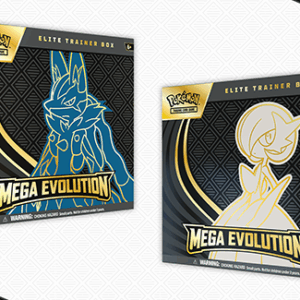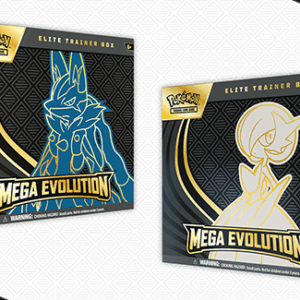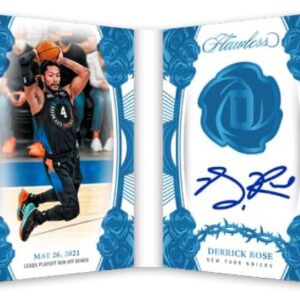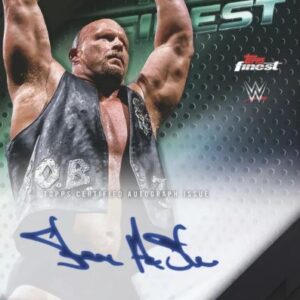In the expansive world of collectible Magic: The Gathering cards, few things deliver a gut punch like discovering that a rare card you’ve acquired is a counterfeit. Whether your collection boasts glittering Black Lotuses or is a humble gathering of beloved commons, the risk of fakes lingers ominously over all. Counterfeiters have upped their game, producing cards that often resemble the real deal to the unsuspecting eye. However, armed with a little foresight and knowledge, you can maintain your collection’s authenticity and perhaps even become a savant at sniffing out phonies. Here’s how you can hone your Magic card detective skills.
To begin with, trust what’s literally at your fingertips. Genuine Magic cards possess a distinctive matte texture that’s ingrained in the memory of any seasoned collector. It’s a feeling that whispers tales of gaming halls and the rush of opening a new booster pack. Counterfeit cards, on the other hand, often have a glossy, overly slick touch akin to a laminated diner menu rather than an authentic gameplay accessory. If doubt tickles your senses, compare the questionable card to a land from the same set. Chances are high that the feel itself will betray the counterfeit.
Another easy yet effective technique involves a flashlight—your portable lie-detector test. Shine light through the card. A bona fide Magic card hides a secret—a blue core sandwiched inside the layers of paper. When observed, the light moves through this core with a cool, soft glow. Counterfeits often stumble here, lacking the core’s nuanced filter either due to being too thick or too thin, creating a brightness that seems off.
Moving into more analytical territory, bring out a magnifying glass or a jeweler’s loupe with around 30x magnification. This humble tool magnifies the tiny details that often elude the naked eye, turning you into a faux-detection sleuth. Examine the art and text areas for rosette patterns—tiny round dots arranged in floral shapes are the hallmark of real Magic cards. Should you see blocky grids or inconsistent pixelation under magnification, the card is most likely a deception masked in cardstock.
A sophisticated test is the black ink analysis. Authentic Magic cards boast names, text, and mana symbols applied in pure black ink—a striking, solid layer easily distinguishable. Under magnification, counterfeit cards reveal their amateur printing methods, employing composite colors that fuzz out rather than maintain crisp, solid blacks.
One lesser-known tell that Magic enthusiasts hold dear is the infamous “green dot” symbol test. On the card’s reverse, zoom in on that circular green mana icon. Within its yellow-green border lies an elusive red dot pattern forming an upside-down tiny “L.” Missed or blurry? Your card’s authenticity just took a nosedive.
Since the dawn of Magic 2015, collectible cards have featured a holofoil stamp on rares and mythics. Under close inspection, a genuine hologram nestles flush with the card featuring microtext, such as hidden planeswalker symbols and mana icons. A counterfeit may present with grainy, inconsistent holograms, as though hurriedly peeled off one creation and placed upon another.
Now, the advice no collector ever wants to learn the hard way: don’t destroy your cards in zeal to expose a fake. While bending or tearing may yield amusing results and reveal the much-touted blue core, modern counterfeiters have adapted. These days, violent methods are about as effective as shooting a mosquito with a cannon.
Always remember, verifying a Magic card’s authenticity is akin to a complex symphony—no single note proves it all. Layer your detective techniques by starting with how the card feels; follow with observations under light, and refine details under magnification. Each step adds an octave to the chorus of truth, sharpening your skills and bolstering your precious hoard’s protection.
Once you’ve engrossed yourself in mastering these skillful methods, you’ll uncover the subtle art of reading cards beyond their illustrations and text to their very essence. With time, practice, and the knowledge reaped from the past, you will keep counterfeits at bay, uphold the sanctity of your collection, and maybe even help fellow collectors safeguard their most treasured pieces. Your diligence not only preserves your hoard but contributes to the integrity of a game beloved worldwide.






